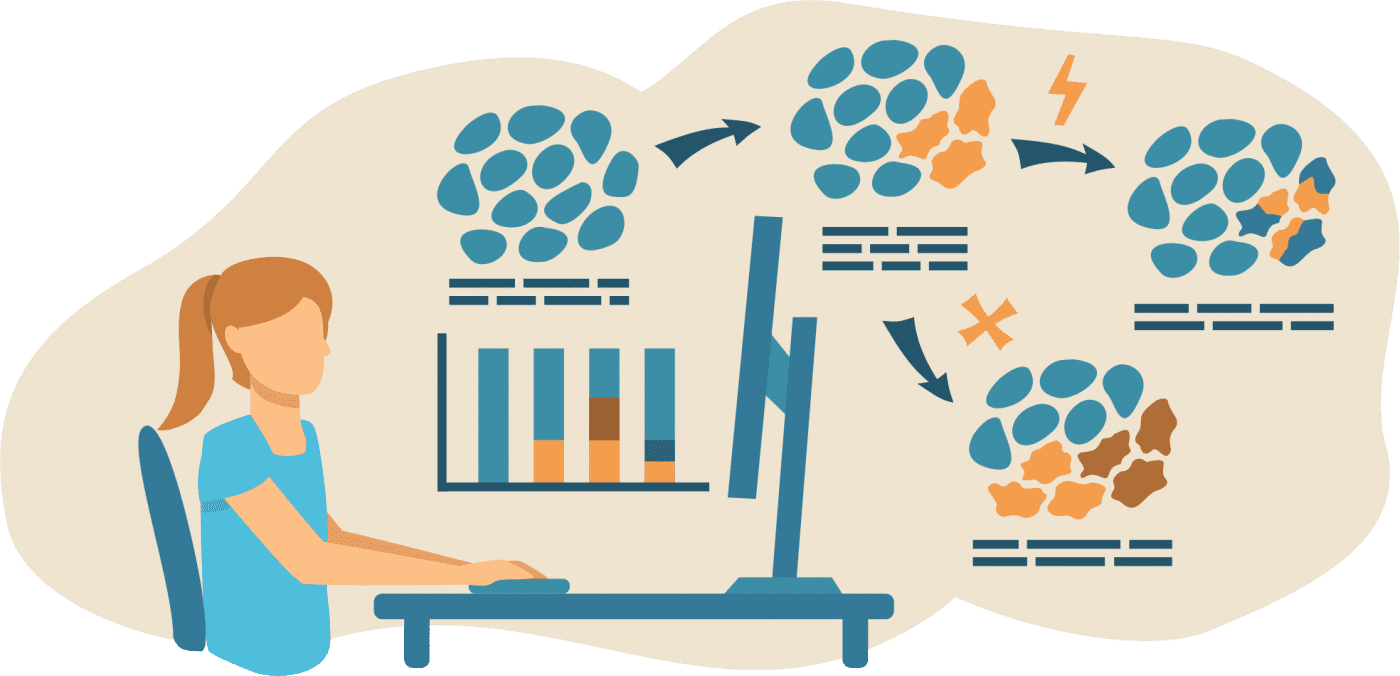Modeling

Modeling advances the science of physical modeling of complex biological systems by development of improved models of normal and diseased tissue (optical and thermal transport, tumor growth and response to therapies).


Modeling advances the science of physical modeling of complex biological systems by development of improved models of normal and diseased tissue (optical and thermal transport, tumor growth and response to therapies).


Significant progress in quantitative data science, particularly in the use of advanced computer vision techniques, has led to the important and rapid movement of medical imaging toward quantitative analysis and personalized medicine. In safety-critical scenarios, where clinical decisions are made, it is essential for Artificial Intelligence (AI) models to incorporate strong safety and reliability guarantees. One critical aspect of maintaining safety is to detect Out-of-Distribution (OOD) data. OOD inputs dissimilar to the training data can lead to critical hazards and erroneous clinical decisions with detrimental consequences for patients. Existing solutions for OOD detection are not feasible for complex medical imaging problems; thus localization of anomalies and analysis of model bias remains a challenge.

One of the fundamental problems in designing new diagnostic and therapeutic modalities is to effectively describe complex interactions between energy sources (in the case of optical and hyper-thermal applications light or heat) and different biological tissues and organs. By advancing knowledge about the interactions, numerical algorithms, and computational power, optical and thermal transport modeling is becoming more accurate and effective.